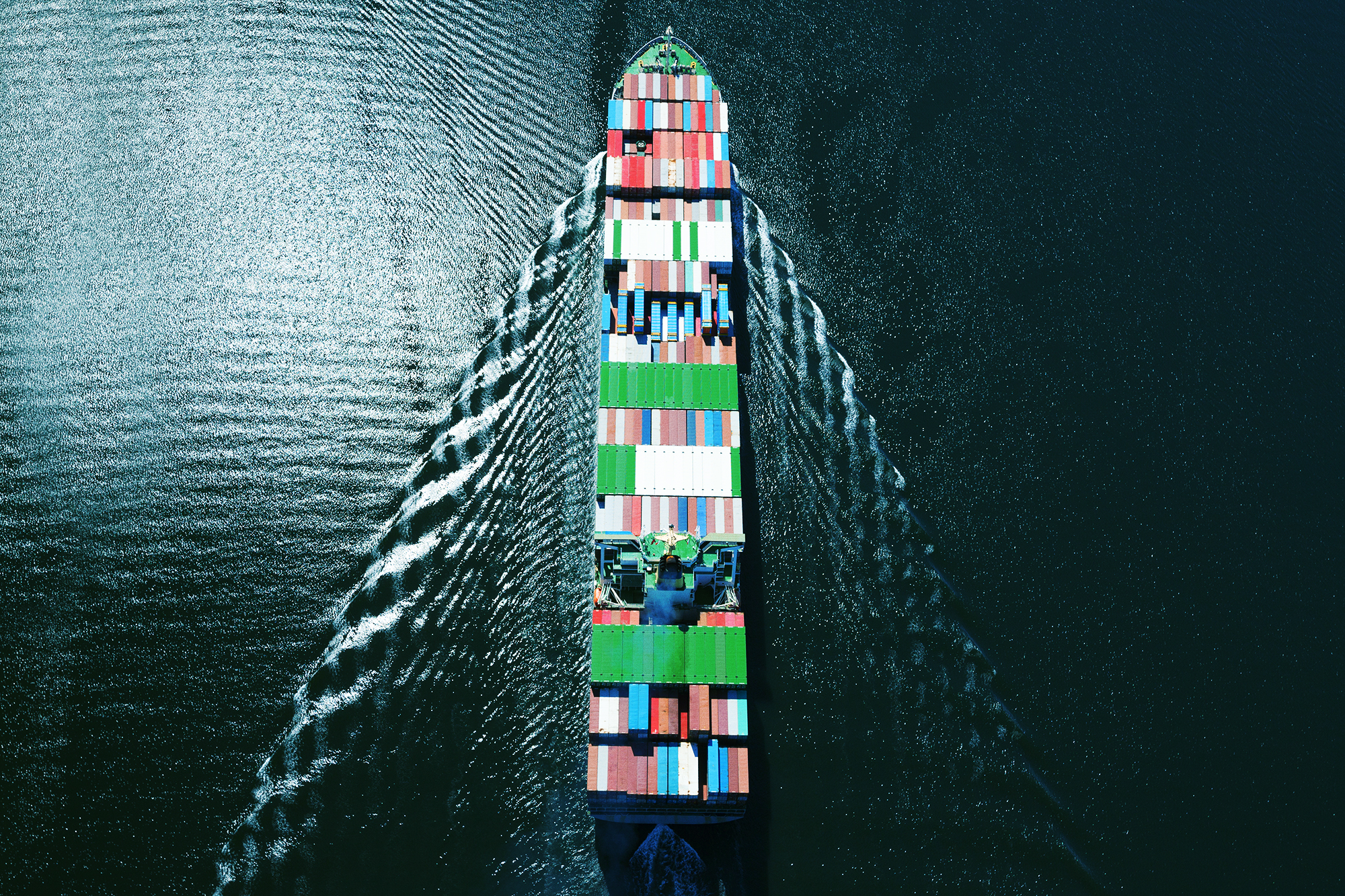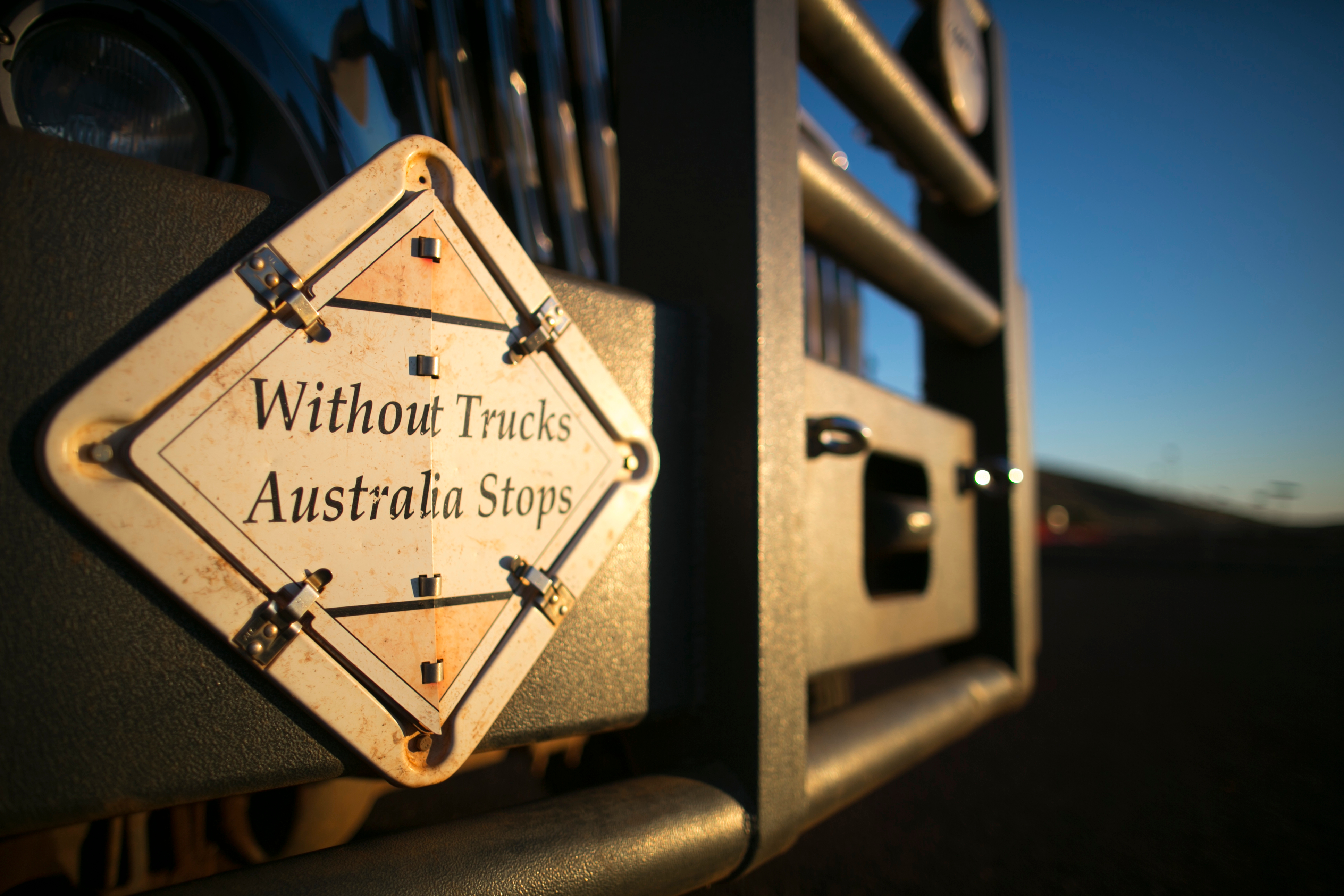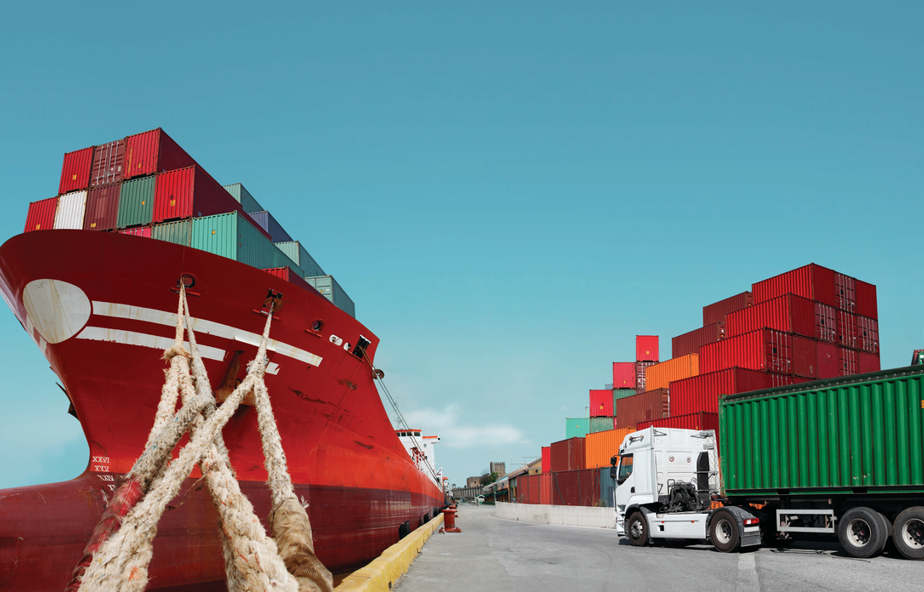Daniel Morrison and Nick Dendrinos head very different divisions of NTI, with the former leading the globally influenced Marine Portfolio and the latter its domestic Motor Portfolio.
Yet there’s one thing they agree on: in 2024 the operating environment for the Australian supply chain was the most extreme they’ve witnessed in their long and storied careers.
Despite this, industry rose up and adapted in an effort to keep every-day Australians largely shielded from the direct impacts.
From disruptions to global supply chains caused by conflicts in the Middle East and Ukraine, coupled with industrial action at US and Australian ports, to the acute domestic driver shortage and huge spikes in the cost of key inputs including labour, new vehicles and parts and accessories, the challenges faced by operators have never been greater.
“I’ve not seen such a deterioration in the risk landscape in my long tenure in the industry,” says Dendrinos, noting the cost of key inputs – from labour to vehicles and parts – have remained at extremely elevated levels post-Covid.
The unprecedented cost increases shouldered by an industry already operating on low margins – coupled with a deterioration in driver quality due to labour shortages – resulted in a sharp increase in major incidents caused by human error and a reduction in servicing and maintenance, Dendrinos adds.
“There is a correlation between increased costs, reduced servicing and maintenance, and the rise we saw in the number of accidents and claims,” he says.
Both Dendrinos and Morrison believe the challenges the supply chain faced in 2024 are unlikely to clear anytime soon.
“The challenges will likely remain, and it feels as though these disruptions will continue. With the geopolitical environment and other challenges, change will be the new norm,” Morrison says.
While Dendrinos agrees, he’s optimistic the industry will adapt and eventually overcome the strong headwinds, noting the industry has historically shown an incredible ability to “recalibrate” and “innovate”.
“Let’s not forget how incredible the transport industry was during covid; keeping Australia moving whilst challenged with higher freight demands, dealing with rapid growth, meeting those demands, and introducing newer, more energy efficient and safer heavy vehicles on our roads.”
Further to this, the transport industry continues to trial and support alternative energy vehicles with the very first operational hydrogen truck in Australia supported by NTI.
“We are driven with a purpose to change and innovate at a pace that meets the needs of customers ahead of when they actually need us. We’ve improved our offerings to remain best in market and be prepared for what fleets may look like in the future,” says Dendrinos.
The Global Environment
Regional Conflicts
While the Middle East and Ukraine may seem a world away from Australia, the disruptions have had a marked impact on the domestic supply chain.
Morrison says that conflicts across the Middle East, in particular, dramatically impacted shipping routes and times.
He points to data showing shipping volumes through the Suez Canal declined by approximately 70 per cent year-over-year in the third quarter of 2024.
Traffic around the Cape of Good Hope in South Africa, on the other hand, remained more than 50 per cent higher year-over-year, as ships continued to divert from the Red Sea following attacks by Houthi rebels from Yemen.
“This resulted in extended shipping times and increased costs which we saw passed on to shippers and ultimately customers,” says Morrison.
“In addition the more severe waters around the Cape of Good Hope, resulted in increased incidents with vessels and increased claims.”
Exacerbating the domestic impact, the challenges faced by shipping lines saw them divert ships to higher-volume (and more profitable) routes such as US-China and away from less lucrative routes such as Australia, he adds.
This led to a difficulty in sourcing quality containers as they were made available to high volume and more profitable routes, Morrison says, which had a flow-on effect on freight arriving in good condition.
Heightened industrial action both in Australia and the US also had a negative impact on shipping availability, time and costs.
“We witnessed a flow-on effect, including a slowdown in the supply chain, which impacted the ability of shippers to operate their businesses and slowed down their ability for goods to move in and out of the country,” says Morrison, adding that a shortage of experienced seafarers also impacted movement of goods post-Covid.
Elongated shipping times have seen a shift from “just-in-time” to “just-in-case” supply chains, Morrison adds, with companies increasing inventory holdings as insurance against supply chain disruptions.
Despite all these challenges the economy continued to show positive development.
There was a resurgence in livestock prices which demonstrated the strength of that industry, and growth in import and export values in some sectors.
On top of that the global supply chain continued to show its resilience, adapting swiftly in a fairly constantly change environment to move Australian goods around the world.
E-Commerce Growth
Additionally, Morrison says continued growth in e-commerce has shown another area of significant and swift adaptability of the supply chain to meet the needs of customers.
He cites IBIS World and Australia Post data showing 18.1 per cent of all physical goods are now sold online, with online sales topping an estimated $63.8 billion.
Separate data from the Pitney Bowes Parcel Index estimates 1.1 billion parcels were shipped in 2022 – equating to three million parcels per day.
Notably, the data reveals one in three parcels are returned to merchants and 81 per cent of customers contact the retailer on delivery issues.
“The dramatic growth in e-commerce has seen increased volumes of lower-cost goods. The supply chain has adjusted to the increased number of individual deliveries of smaller parcels to homes, as needed” Morrison says.
“NTI has responded by developing a specific product, Parcel Protect, that provides cover for high-volume, low-value shipments typically excessed out a traditional cargo policy.”
The Domestic Environment
Supply Constraints
As well as the flow-on impact of global challenges, Australian supply chain and logistics operators faced a myriad of domestic challenges through 2024.
Ironically, most of them are related to supply – or a lack thereof.
Dendrinos notes that while there’s been a massive increase in the freight task post-Covid, “there are thousands of driver vacancies across the country that companies are struggling to fill”.
Similarly, repairers continued to experience problems getting qualified people, and delays in sourcing specialised parts, he adds.
“We’re relying a lot more on replacement (vehicles) which takes more time and keeps vehicles off the road longer,” Dendrinos says.
Rising Costs
For an industry that operates on notoriously low margins, the impact of these higher costs throughout 2024 has been noticeable.
Dendrinos says “industry inflation” is currently running at 6-8 per cent compared with 1-3 per cent historically.
“The cost of new vehicles, labour and other inputs went up 30-40 per cent post-Covid and have remained elevated.
Major Incidents
The knock-on effect of elevated costs, combined with the need to employ less experienced drivers from both within Australia and overseas, fuelled a sharp rise in major accidents, Dendrinos contends.
Operating conditions have also been negatively impacted by the sharp rise in immigration and mobility, which has seen an increase in the number of trucks, cars and caravans on the road and put more strain on the supply chain and truck drivers.
Dendrinos points to the 2024 NTARC Major Accident Investigation Report produced by NTI in partnership with NRSPP and MUARC, which revealed a 27 per cent jump in major incidents in 2023, with the sharpest increases in incidents due to human factors – especially inattention and distraction, which jumped 42 per cent year-on-year.
Incidents related to inappropriate speed also experienced a sharp increase, up 41 per cent over the past five years.
On top of the increased incident numbers, Dendrinos says the frequency of large losses – above $250-300,000 – has jumped 300 per cent since Covid.
“There’s been a lot more major incidents related to driver mistakes, due to a lack of skill and competency, such as hit bridge claims,” he says.
“This is impacting the severity of large losses, as trucks and parts simply cost a lot more.”
Dendrinos notes NTI is also seeing an increase in maintenance-related large losses, especially wheel-end fires that engulf the entire vehicle.
“There is a 100 per cent correlation between increased costs, reduced servicing and maintenance, and the rise in the number of accidents and claims,” he says.
“There’s been a disproportionate increase in two key areas, wheel-end fires and tyre blowouts, which are directly related to reduced maintenance; and theft, which is another derivative of increased costs and tougher times.”
The Future Outlook
Dendrinos says the perfect storm facing the industry is unlikely to clear. “The issues we’ve seen across 2024 are not going away,” he says.
There’s a real opportunity for government and industry to come together and drive necessary reforms, including those required to improve culture and make the sector a more attractive place to work, especially for women and younger generations, he believes.
“We need to improve the culture for drivers. Better integration of foreign drivers, provision and access to driver education, and increased competency-based training are just a few ways we can do this,” he adds.
On a positive note, Dendrinos is optimistic that the industry can rise to the challenges.
“The industry has an incredible ability to recalibrate itself, to improve by self-regulation and individual operators doing something different,” he says.
“There’s also a great amount of work being done by national and state-based industry associations to help support the industry; an industry, which touches all of our lives, and essentially keeps Australia going.”
When making decisions about our insurance, consider the PDS and TMD at https://www.nti.com.au/. National Transport Insurance is an equal joint venture administered on behalf of the insurers (CGU Insurance ABN 11 000 016 722 AFSL 227681 & Vero Insurance ABN 48 005 297 807 AFSL 230859) by its manager NTI Limited ABN 84 000 746 109 AFSL 237246.
